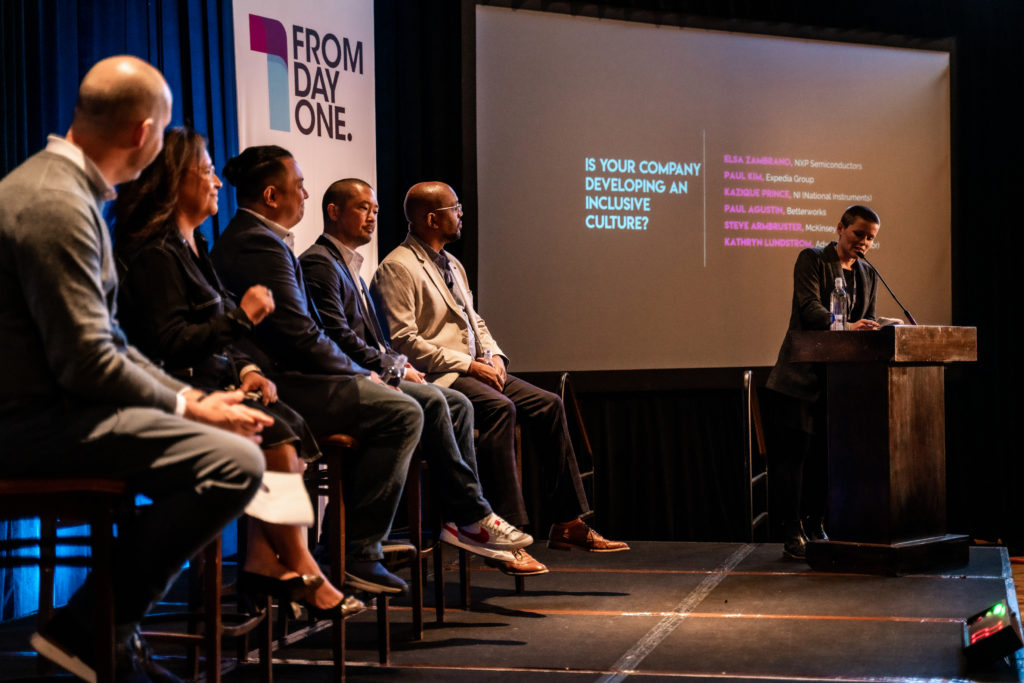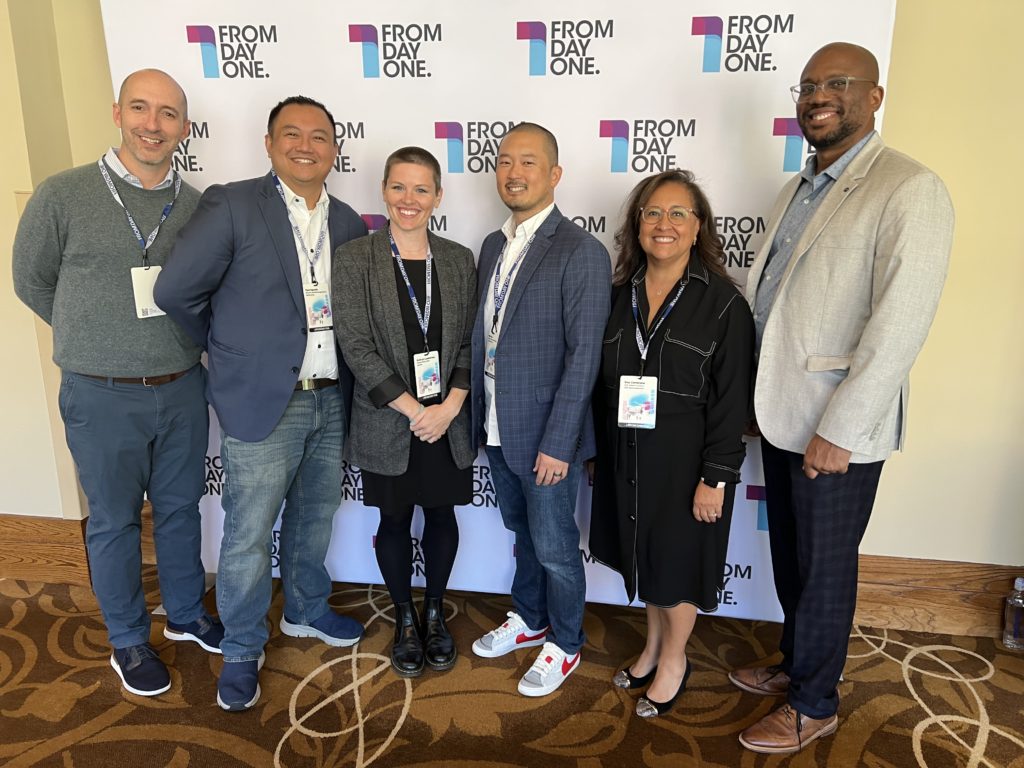How Your Workforce’s Culture Directly Affects Your Consumer’s Experience
Build a workplace culture that empowers employees, and in turn, you’ll elevate customer service. That’s the key takeaway from a discussion with Ash Hanson, EVP and chief HR officer of AmeriHealth Caritas. She spoke during a fireside chat at From Day One’s Philadelphia conference. Stephen Koepp, editor in chief and co-founder of From Day One moderated.But how exactly do you build a workplace culture that empowers employees? Hanson offered several main points.Treat Employees Like ShareholdersAs stewards of human capital, HR leaders play a pivotal role in an organization’s success, according to Hanson. The pandemic certainly brought that fact into focus. “When you fully leverage the potential of your human capital, it truly makes a difference between the performance of a company from being good to being great,” she said. At AmeriHealth Caritas, a managed care organization serving Medicaid, Medicare, CHIP, and Health Insurance Marketplace members across 13 states, employees aren’t just fulfilling tasks—they are living the organization’s mission every day. With over 9,000 associates, the company manages care for millions of Americans, often in times of critical need. “Our mission is not just something on paper,” Hanson said. The organization’s structure enables team members to view their work as essential to clients’ well-being, creating a culture in which employees feel accountable and aligned with the company’s goals. This approach connects employees to the organization’s outcomes, inspiring them to perform at their best.As Hanson says, treat your employees like shareholders. Invite them into the conversation. Their quarterly virtual town halls are well attended, and leaders spend time talking about not just what’s happening in the company, but within the competitive marketplace.Ash Hanson, EVP and CHRO of AmeriHealth Caritas, spoke during the fireside chatWhat other discussions would you have with shareholders? A mission statement is one key focus. At healthcare companies like AmeriHealth Caritas, the mission is to help people get care, stay well, and build healthy communities.“We really take care of over 4 million of the most disadvantaged Americans, very often at the time of their most critical need,” Hanson said. “This is an organization where every single employee lives the mission every single day.” That purpose helps drive employee culture, which in turn elevates customer experience. Along with that is ensuring team members have the proper training to get the job done well. While technology is useful, she added, an employee’s expertise and human care can’t be replaced or undervalued. “We spend and invest a lot of time upskilling our associates and making sure that they are ready and prepared to be responsive to member needs.”Finally, being transparent must be woven into everything you do, Hanson says. The more open and honest leaders are, the more open and confident employees can be. Holistic Employee BenefitsThere’s the expected medical and retirement benefits many companies offer. And then there are benefits that look at the whole employee. What do employees need and want? The more companies can offer these to their people, the greater the company culture. Physical needs are important, but leaders should also pay attention to employees’ emotional needs and financial needs. “Coming out of the pandemic, we implemented Lyra because we had a lot of employees talk about how they couldn’t find therapists for either their own needs or for their children,” Hanson said. “We implemented a program which offers 12 free counseling sessions, not just for our employees, but for their families as well.”The company has a state-of-the-art gym on site, but those working elsewhere have access to fitness apps to help them with fitness, plus nutrition and even sleep. A well-rounded, happy employee is better able to show up for work in a way that helps the employee and customers. As far as financial well-being, the company provides education on preparing for the future. Hanson emphasized the impact of authentic employee recognition, stating that recognition is integral to promoting engagement and reducing feelings of isolation. Their social recognition platform allows team members to acknowledge each other’s efforts, creating an authentic culture of support and mutual appreciation. This culture of holistic care and recognition has a direct effect on employee satisfaction and productivity, leading to improved service quality for clients.Balance Conviction with CuriosityOne core HR strategy is balancing conviction with curiosity, Hanson says. HR professionals are often sought after for their expertise, yet cultivating curiosity is essential to inspire innovation and creative problem-solving. Hanson suggested that HR leaders stay curious. “Curiosity opens up opportunities for creative, new ideas. It's a place where inspiration comes from. It's a place where innovation comes from,” she said. And especially as the needs of employees continue to change, HR leaders must continually stay ahead and change with them.By following these points, leaders can start to build a company culture that enhances both employee and customer satisfaction. By treating employees as stakeholders, supporting holistic well-being, and fostering a culture of curiosity, organizations can strengthen their workforce’s commitment to service excellence, benefiting customers in the process.Carrie Snider is a Phoenix-based journalist and marketing copywriter.






